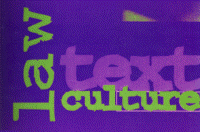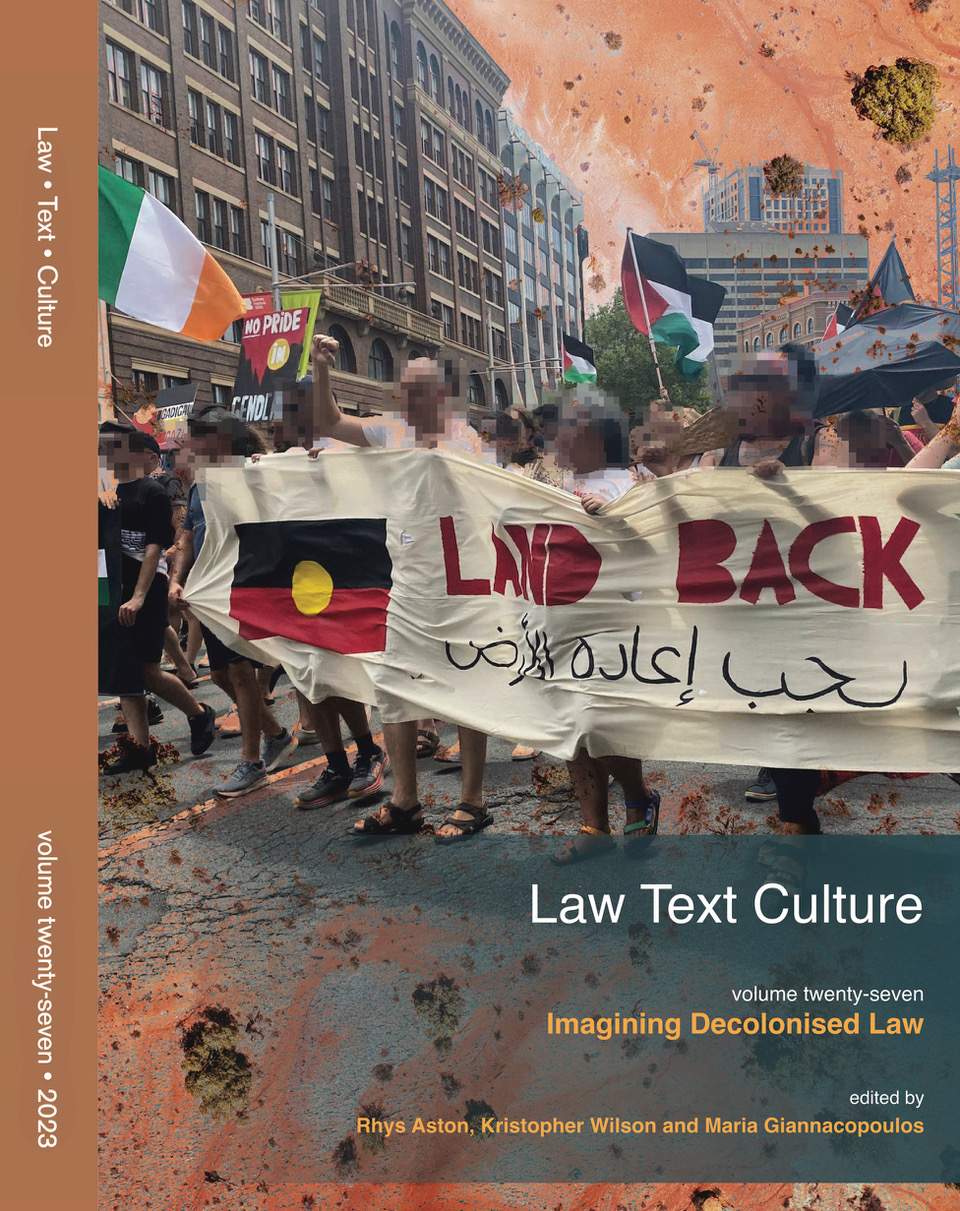Abstract
Drawing on the personal experience of a three-day tour of the concentration camp complex of Auschwitz-Birkenau and grounded in themes of dark tourism (thanatourism), this article questions the role that the remnants of Auschwitz play in animating our imagination and comprehension of the crimes committed there. Auschwitz-Birkenau confronts the visitor with a disquieting mix of original, restored and replicated physical elements. The museum prescribes some exhibits with the formal classification ‘material evidence of crime’ (formalised displays in cabinets), but as this article explores, this notion belies the fact that the entire camp complex constitutes ‘evidence’ of crime. This article situates the materiality of Auschwitz-Birkenau as something tangible that interacts with ones’ knowledge of the crimes committed here to produce a powerful affective response in the visitor. Additionally, the article pauses to consider the vital role that film plays in both shaping and delimiting expectations of precisely what one will see upon encountering Auschwitz-Birkenau. And with survivor numbers dwindling, the role of the dark tourist as proxy witness to the Holocaust will become more important with each passing year. Finally, the article documents the vital role of memorial practices performed by dark tourists who, having visited the camps, leave something behind.
How to Cite:
Dalton, D., (2009) “Encountering Auschwitz: A Personal Rumination on the Possibilities and Limitations of Witnessing/Remembering Trauma in Memorial Space”, Law Text Culture 13(1). doi: https://doi.org/10.14453/ltc.431
Downloads:
Download PDF
45 Views
1767 Downloads

